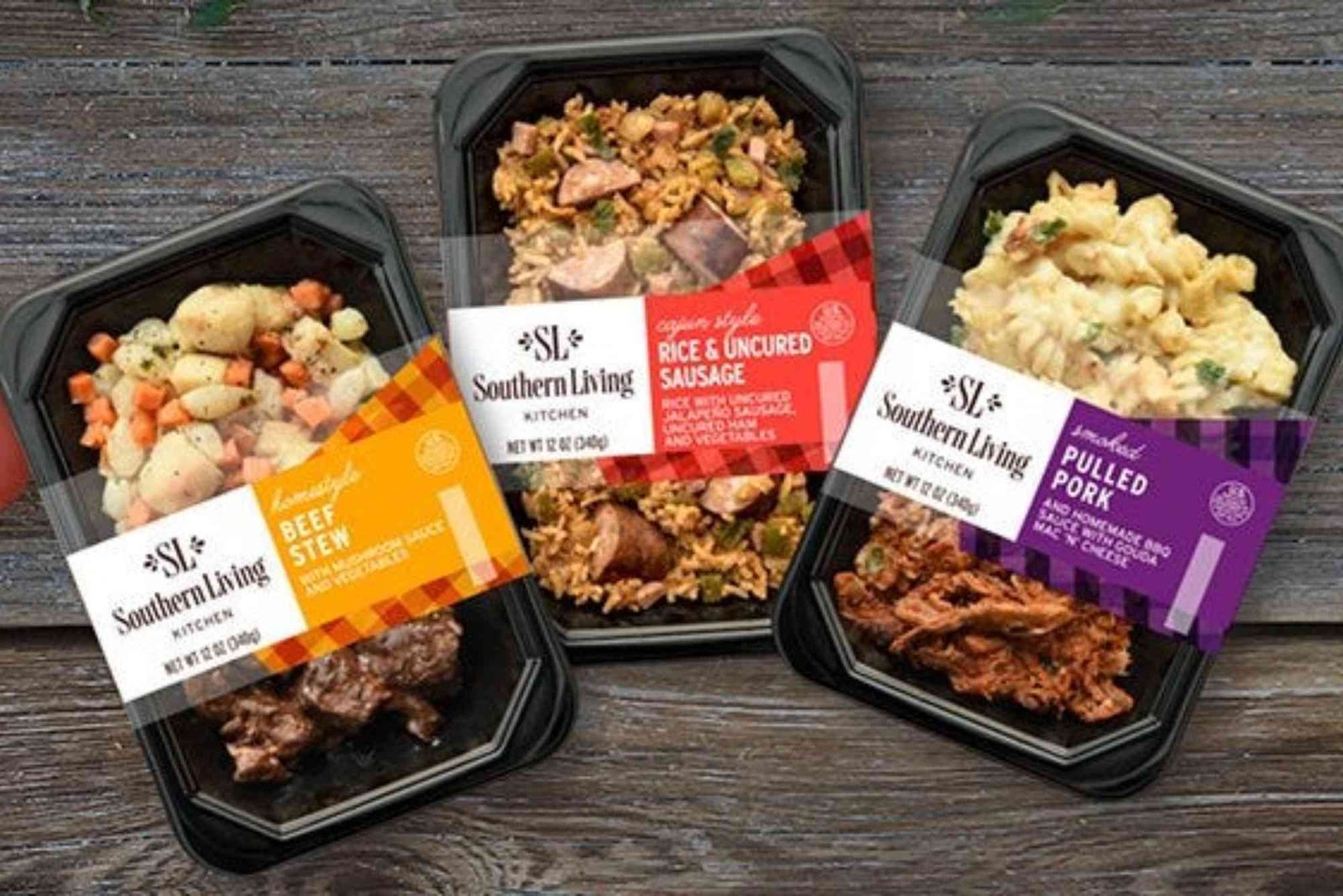Ready to Eat Food: The Ultimate Solution for Busy Lifestyles
In today’s fast-paced world, convenience has become a priority for many, especially when it comes to food. Ready-to-eat food options have emerged as a game-changer for individuals with busy schedules, offering a quick and easy solution without compromising on taste or nutrition. These meals are prepared, packaged, and ready to consume right out of the box, making them an essential part of modern living.
What is Ready-to-Eat Food?
Ready-to-eat food, often referred to as RTE food, is a category of food that requires no preparation or cooking. These meals are pre-cooked and designed for immediate consumption. Whether it’s a savory dish like pasta or a sweet treat like dessert, ready-to-eat food has something for everyone. From microwaveable meals to salads and snacks, the options are vast and cater to a wide range of dietary preferences and needs.
The Benefits of Ready-to-Eat Food
The most obvious benefit of ready-to-eat food is its time-saving nature. With busy work schedules, family commitments, and social events, cooking a meal from scratch may not always be feasible. Ready-to-eat meals eliminate the need for extensive cooking or even cleaning, offering a quick solution for when hunger strikes.
Moreover, ready-to-eat food provides portion control, ensuring that you get just the right amount without overindulging. For those on specific diets or with health goals, these meals can be a convenient option to manage nutrition without the hassle of meal prep.
Another key advantage is the availability of diverse options. Whether you are vegan, vegetarian, gluten-free, or have other dietary preferences, the market for ready-to-eat food is expanding to include a wide range of choices. This ensures that everyone can find a suitable option that fits their lifestyle.
Ready-to-Eat Food vs. Traditional Cooking
While ready-to-eat meals offer a high level of convenience, they do differ from traditional cooking in several ways. Traditional cooking allows for more control over ingredients, seasoning, and the cooking process. If you enjoy experimenting with flavors or prefer using fresh, whole ingredients, traditional cooking might be more to your taste.
However, ready-to-eat meals are designed for those who prioritize convenience. They often come with clear nutritional labeling, allowing you to easily track what you’re eating. They are also often packed with preservatives or stabilizers to maintain shelf life, which some may find less desirable than fresh, homemade food. Ultimately, the choice between ready-to-eat food and traditional cooking depends on personal preference and lifestyle.
Types of Ready-to-Eat Food
Ready-to-eat food comes in various forms, each catering to different needs. You can find frozen meals, refrigerated options, and even shelf-stable choices. Frozen meals are particularly popular as they can be stored for longer periods and heated when needed. They are also often the most cost-effective option for those seeking affordable ready-to-eat meals.
Refrigerated ready-to-eat meals, on the other hand, tend to have a shorter shelf life but may offer fresher ingredients and flavors. These meals are typically available in stores, and their popularity has surged due to the increasing demand for healthier, fresher options that require minimal effort.
Shelf-stable ready-to-eat meals are often found in cans, pouches, or vacuum-sealed packaging. These meals are designed to last without refrigeration, making them perfect for emergency preparedness, camping, or long-term storage.
How to Choose the Best Ready-to-Eat Food
When selecting Ready to Eat Food, it’s essential to consider both taste and nutritional content. Many ready-to-eat options are rich in sodium, sugar, or unhealthy fats, so it’s crucial to read the nutritional labels carefully. Opting for meals that include a variety of fresh vegetables, lean proteins, and whole grains will ensure that your meals are not only convenient but also balanced and healthy.
Another factor to consider is the ingredients. For those with allergies or dietary restrictions, it’s important to choose ready-to-eat food that aligns with your needs. Thankfully, the market is increasingly offering meals that cater to a variety of dietary requirements, from gluten-free to low-carb, making it easier than ever to find options that fit your lifestyle.
The Future of Ready-to-Eat Food
As demand for convenience food grows, the ready-to-eat food industry is expected to evolve further. With advancements in food technology, new packaging techniques, and the growing awareness of health and sustainability, we can anticipate even more innovative options in the near future. The integration of plant-based ingredients, organic options, and eco-friendly packaging is likely to be a significant trend moving forward.
FAQs about Ready-to-Eat Food
What is the shelf life of ready-to-eat food?
The shelf life varies depending on the type of meal and packaging. Frozen meals can last several months, while refrigerated meals have a shelf life of about 5-7 days.
Are ready-to-eat meals healthy?
Some ready-to-eat meals can be high in sodium or preservatives. However, many brands now offer healthier options with balanced ingredients. Always check the nutritional label.
Can ready-to-eat food be reheated?
Yes, most ready-to-eat meals can be reheated in a microwave or oven, depending on the packaging instructions.
Are there options for special diets?
Yes, the ready-to-eat food market includes options for various dietary preferences, such as vegan, gluten-free, and low-carb meals.



